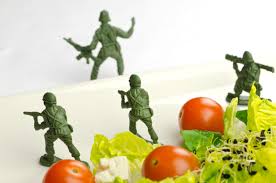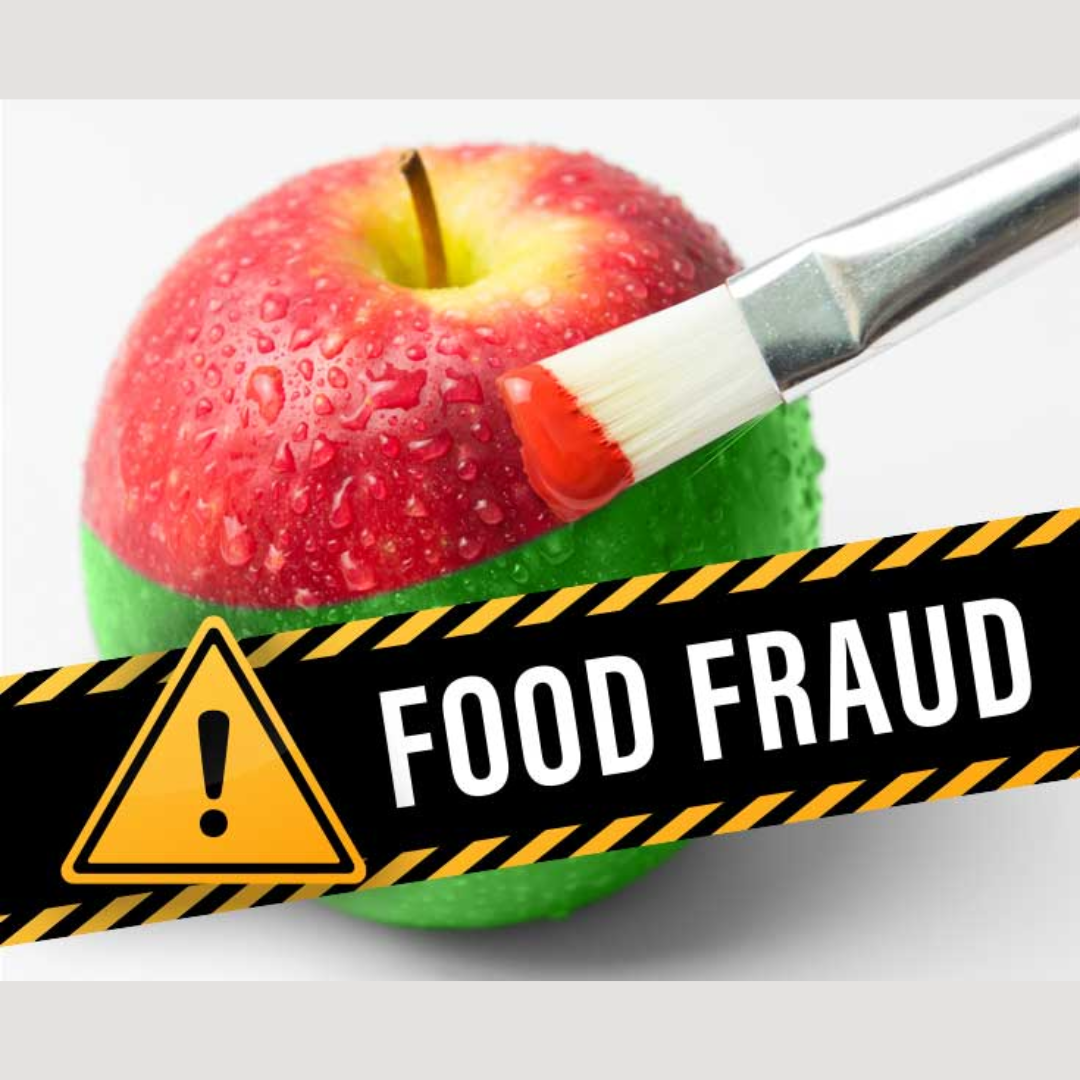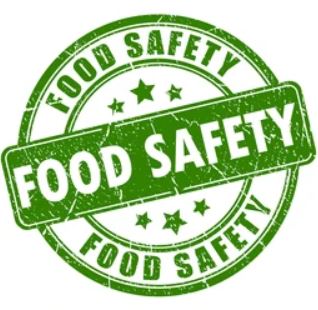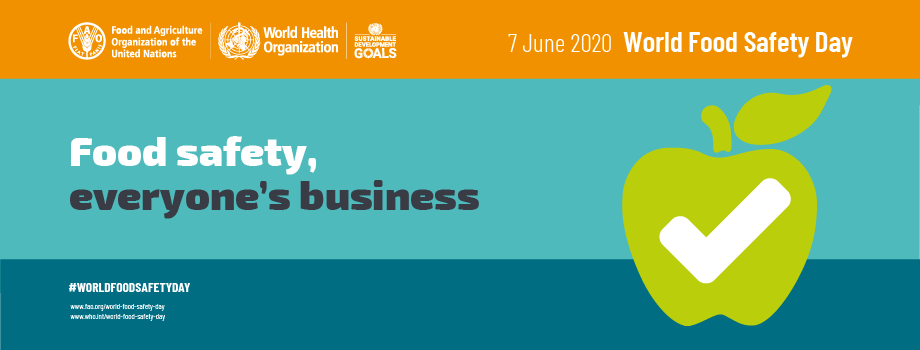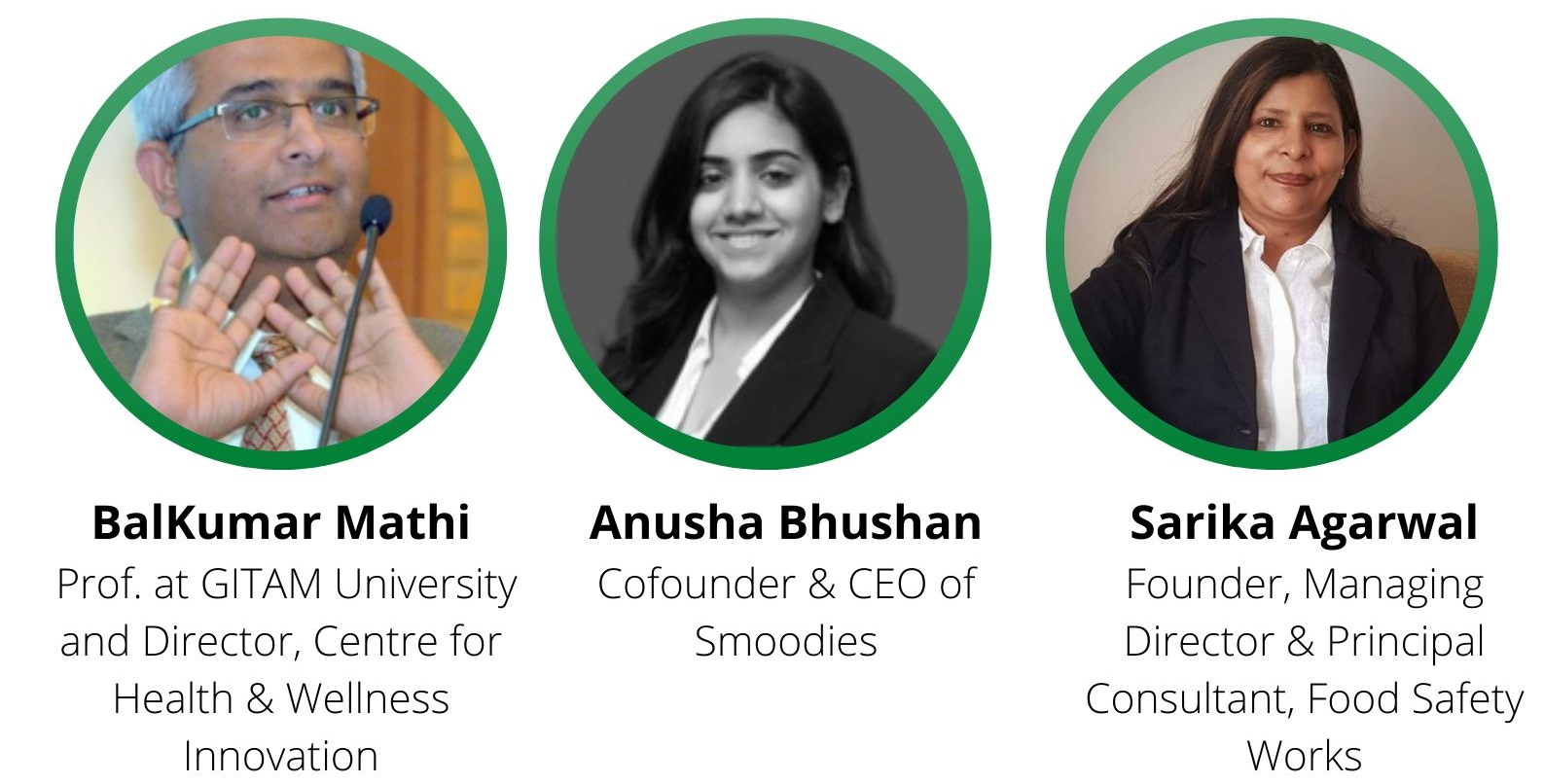Currently Empty: ₹0.00
Food Safety vs Food Defense: Are you confused??
If you are confused, let me assure you, you are not the only one. We get asked this question so many times that we thought we would put this piece together.
Let us start from the beginning. As per Wikipedia Food defense is the protection of food products from intentional contamination or adulteration by biological, chemical, physical, or radiological agents introduced for the purpose of causing harm. It addresses additional concerns including physical, personnel and operational security.
Food safety on the other hand, gets compromised due to ignorance, mistakes or simply because of not following the processes. It is unintentional outcome.
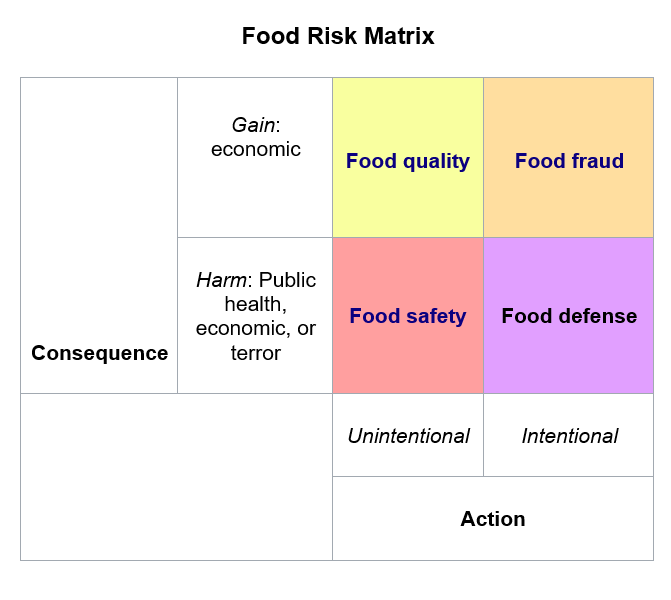
This can be depicted in the using the adjoining risk matrix. In addition to the food safety and food defense, there is also Food fraud, which is based on intentional deception for economic gain; and Food quality, which may also be affected by profit-driven behavior but without intention to cause harm.
Food protection is the umbrella term encompassing both food defense and food safety. These six terms are often conflated. Along with protecting the food system, food defense also deals with prevention, protection, mitigation, response and recovery from intentional acts of adulteration.
The purpose of a food defense program is to protect foods from intentional adulteration and to reduce impact of an attack on the food system. The hazards that needs to be addressed for both food safety as well as food defense are same. (Biological, Chemical (including Allergen), Physical and Radiological).
Hazards in food can come from raw material, packaging material, equipment, personnel and environment which can be reduced to an acceptable level during the processing and handling to ensure consumers get safe food. These hazards are identified using HACCP where 12 steps are followed to identify and control hazards. A food safety plan is what helps managing these hazards. The control measure identified in the Food Safety Plan needs to be monitored and verified at a set frequency to ensure that control points are capable of handling these hazards.
Hazards in food may also be introduced intentionally. The reason for intentional adulteration can be from a disgruntled employee, terrorism or economically motivated adulteration. This is all for profit gain but in the end, it affects the food safety. Like a HACCP, a TACCP (Threat Assessment and Critical Control Point) study is required to identify sources of tampering, intentional adulteration of food, and food defense. The process for TACCP is described in PAS96:2017 and tools like CRAVER plus can help ease the process. Here is a quick run down on what you need to do.
- Establish a Food Defense team
- Conduct Threat Assessment to identify and evaluate potential threats and vulnerabilities
- Identify and select proportionate mitigation measures
- Document the threat assessment, mitigation measures, verification and incident management procedures in a Food Defense Plan supported by the Food Safety Management System
- Develop an effective training and communication strategy and implement the Food Defense Plan
The threats thus identified may be graded using the following parameters.
- Criticality – measure of public health and economic impacts of an attack
- Accessibility – ability to physically access and egress from target
- Recuperability – ability of system to recover from an attack
- Vulnerability – ease of accomplishing attack
- Effect – amount of direct loss from an attack as measured by loss in production
- Recognizability – ease of identifying target
- Shock – the combined health, economic, and psychological impacts of an attack
If the threat becomes a significant risk, a mitigation strategy must be identified which could be at any point in the supply chain. Good supply chain management coupled with regular audits and quality assurance analysis can help safeguard companies from threats originating outside the facility.
While strategies to mitigate the threats may be specific to each organization and how it handles its material through the supply chain, there are a few generic ones that apply to most organizations
Physical measures
These help secure the product by controlling the physical access to the facility/product
- Secure the facility perimeter and perform periodic checks
- Use controlled-access procedures for people or vehicles entering the plant or parking area
- Install an alarm system, cameras and sufficient lighting
- Designate restricted areas for authorized employees, restrict non-employees to non-production areas
- Limit access to control systems
- Use tamper-evident or tamper-resistant packaging
- Maintain key and lock control processes for all entry and exit points
Policy measures
This helps reduce the threats through people
- Use a system to identify personnel by their specific functions
- Conduct background checks on all employees and contractors who will be working in sensitive operations
- Train employees on food defense and security awareness, including recognition of suspicious behavior or individuals
Management measures
This help contain the issue if the threats were to materialize
- Maintain records to allow easy trace-back and trace-forward of materials and products
- Implement an inventory control system
In a nut shell managing both food safety and food defense needs planning. Food Safety Plan prevents a system failure whereas Food Defense plan prevents a system attack. Both need to be handled to ensure food moving out of your premises is safe for consumption as per its intended use.
The hazards that need to be managed are similar but the intentions are different. Food safety hazards are anticipated and handled whereas food defense threats are not.

Author: Sarika Agarwal is the Managing Director and Principal Consultant at Food Safety Works. She is an expert at international standards like FSSC22000, BRC and FSMA. Over her career spanning 15+ years, she has helped clients effective food safety management systems.

